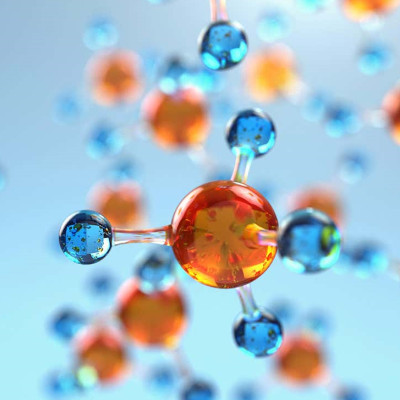Profragrances are delivery systems used to control the release of the volatile compounds in fragrances. They have fragile chemical bonds that can be stimulated by ambient conditions such as light, temperature, pH value and even oxygen. Drawing on these molecular profragrances, several polymer-based capsulation technologies have been developed that not only control fragrance release, but enable the scale-up of profragrance fabrication. However, the thermodynamic method traditionally used in these technologies doesn't support tunable (controllable) particle size, resulting in uneven size distribution and poor reproducibility.
A study published in the KeAi journal Green Chemical Engineering, has introduced a new engineering strategy to construct photo- (or light-) controllable profragrance nanoparticles with the assistance of flash nanoprecipitation (FNP) technology. FNP uses commercial polymers to encapsulate photo-triggered profragrance in a hydrophobic core.

How the flash nanoprecipitation technology prepared tunable nanoparticles for controllable release.
Co-corresponding author Wei-Hong Zhu, from the East China University of Science and Technology, explains: "Compared to conventional thermodynamic self-assembly methods, FNP-mediated profragrance nanoparticles can be tuned by varying experimental parameters. As a result, we were able to obtain profragrance nanoparticles which precisely control fragrance release, both in an aqueous solution and on wallpaper under indoor light. In addition, with this engineering strategy, the flash and scale-up preparation of profragrance nanoparticles can be easily realized for industrial applications, with high batch-to-batch reproducibility."
Read the original article on KeAi Publishing.
